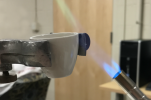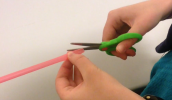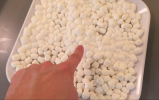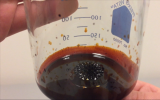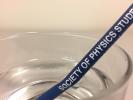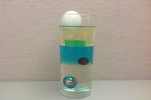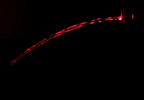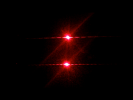This surprising demonstration illustrates the relationship between densities and buoyant forces.
This demonstration provides a visual for how the diversity of matter affects interactions between different materials. The participants will be able to view a visually striking, easy-to-assemble display of various solids and liquids that tend to separate from one another due to their densities. The demonstration goes on to explain how this relates to the different states of matter, and makes a mention of the buoyant forces responsible for making objects float.

